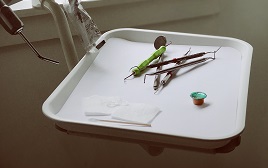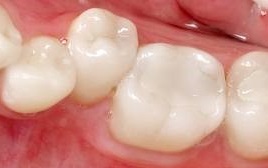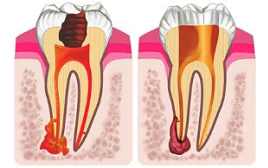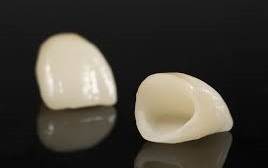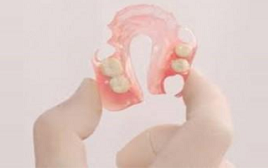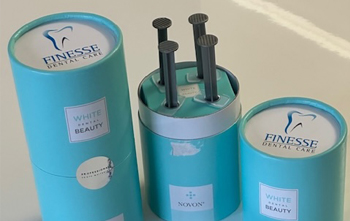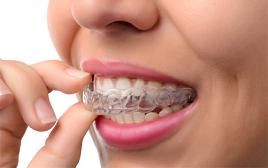Veneers
Veneers

A veneer is a thin layer of porcelain made to fit over the front surface of a tooth, like a false fingernail fits over a nail.
Veneers can improve the colour, shape and position of your teeth. A precise shade of porcelain can be chosen to give the right colour to improve a single discoloured tooth or to lighten the front teeth. A veneer can make a chipped tooth look intact again. The porcelain covers the whole of the front of the tooth with a thicker section replacing the broken part. Veneers can also be used to close small gaps, when orthodontics (braces) are not suitable. If one tooth is slightly out of position, a veneer can sometimes be fitted to bring it into line with the others.
Veneers make teeth look natural and healthy. Because they are very thin and are held in place by a special strong bond (rather like super-glue) very little preparation of the tooth is needed. Some types of veneers don’t need any preparation at all.
A veneer takes at least two visits: the first to prepare the tooth and to match the shade, and the second to fit it. Before bonding it in place, we will show you the veneer on your tooth to make sure you are happy with it. Bonding a veneer in place is done with a special adhesive, which holds it firmly on the tooth.
Procedure:
Some of the shiny outer enamel surface of the tooth may be removed, to make sure that the veneer can be bonded permanently in place later. The amount of enamel removed is tiny and will be the same as the thickness of the veneer to be fitted, so that the tooth stays the same size. A local anaesthetic (injection) may be used to make sure that there is no discomfort, but often this is not necessary. Once the tooth has been prepared, we will take an ‘impression’ (mould). This will be given to the dental technician, along with any other information needed to make the veneer. The colour of the surrounding teeth is matched on a shade guide to make sure that the veneer will look entirely natural.
Because the preparation of the tooth is so slight you will probably not need a temporary veneer. The tooth will look very much the same after preparation, but will feel slightly less smooth.
Only minor adjustments can be made to the veneer after it is fitted. It is usually best to wait a little while to get used to it before any changes are made. We probably want to check and polish it a week or so after it is fitted, and make sure that you are happy with it.
Veneers should last for many years; but they can chip or break, just as your own teeth can. Small chips can be repaired, or a new veneer fitted if necessary.
Costs depend upon the material used to construct veneer.
We always give a written estimate of the cost of treatment prior to staring the treatment.
Costs
Depend on the material of the veneer. They can be made from Composite, Porcelain or Ceramic such as Emax.
Componeers-Single Visit Veneers
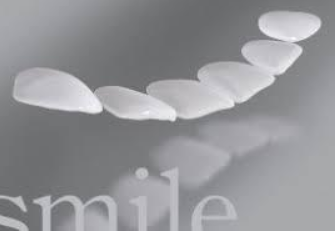
Are direct composite veneers. They are polymerised, pre-fabricated nano-hybrid-composite enamel-shells, which combine the advantages of direct composite restoration with those of lab-made Veneers.
The extremely thin veneer coatings from 0.3 mm allow a high level of conservation of hard tooth substance during preparation. The shiny and naturally designed surface adds a look of vitality to the restoration. Patients can be given a naturally aesthetic smile in just a single session, and come away smiling - with a "smile to go".
These veneers can be used for cosmetic correction of front teeth in following cases.
- To extend incisors/front teeth
- To close Diastema/Spaces between front teeth
- To correct mild crookedness in teeth
- To mask Discolouration of natural teeth
- To correct misshapen teeth




